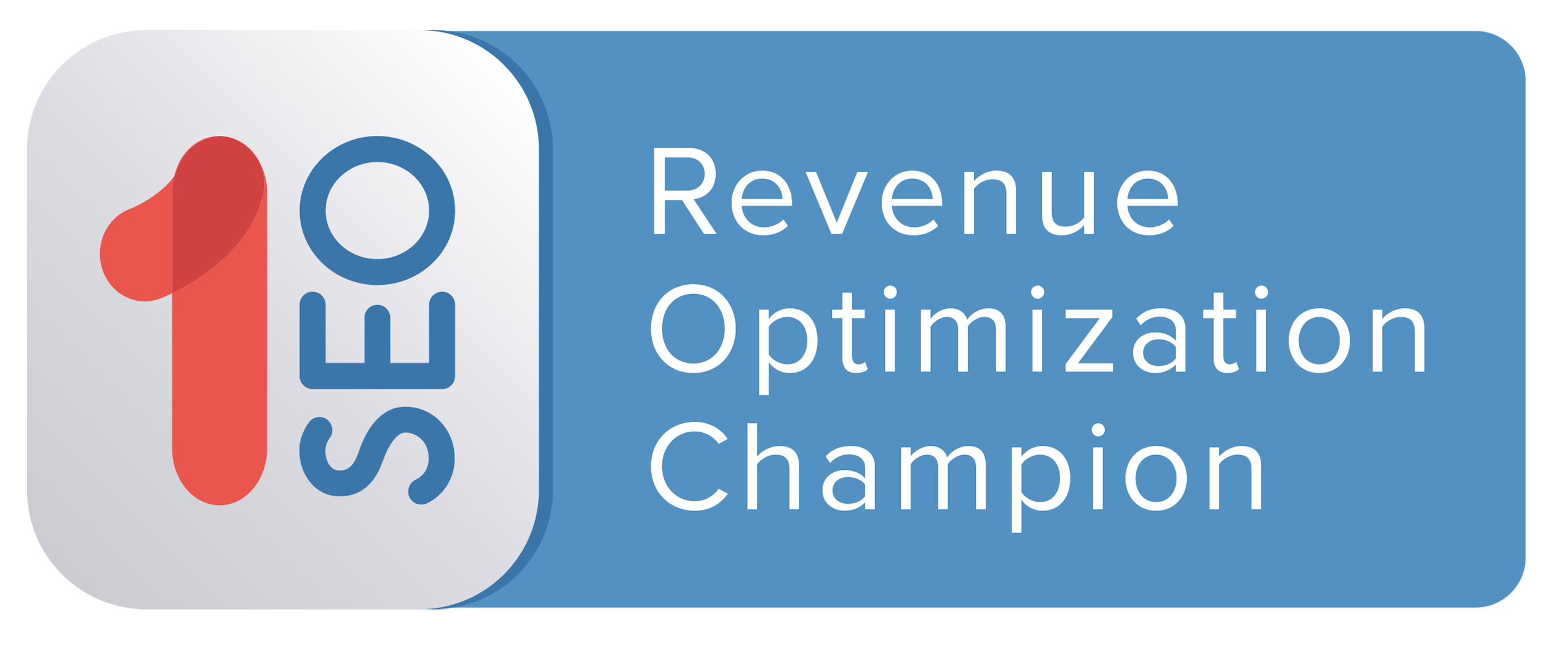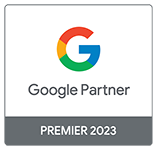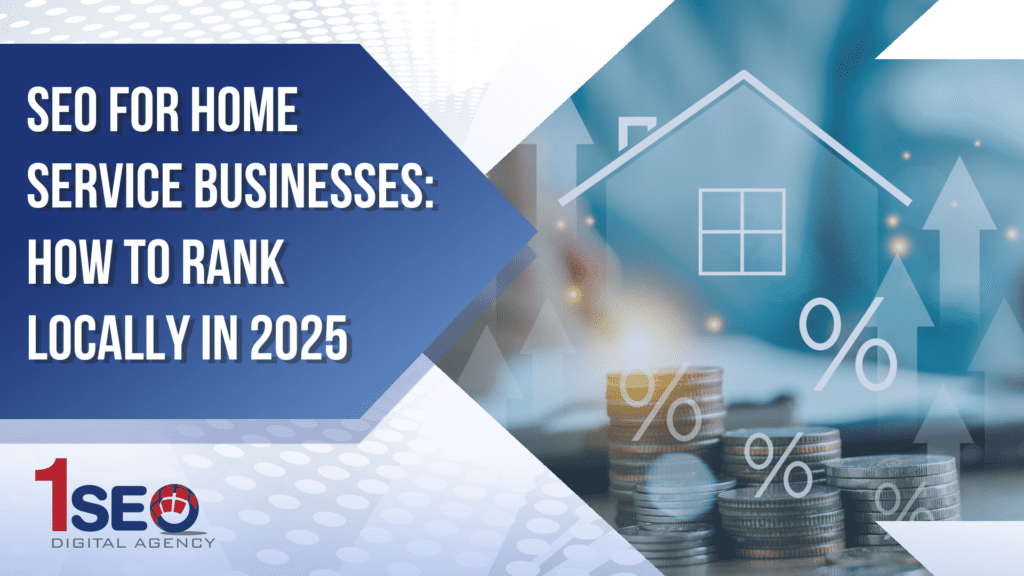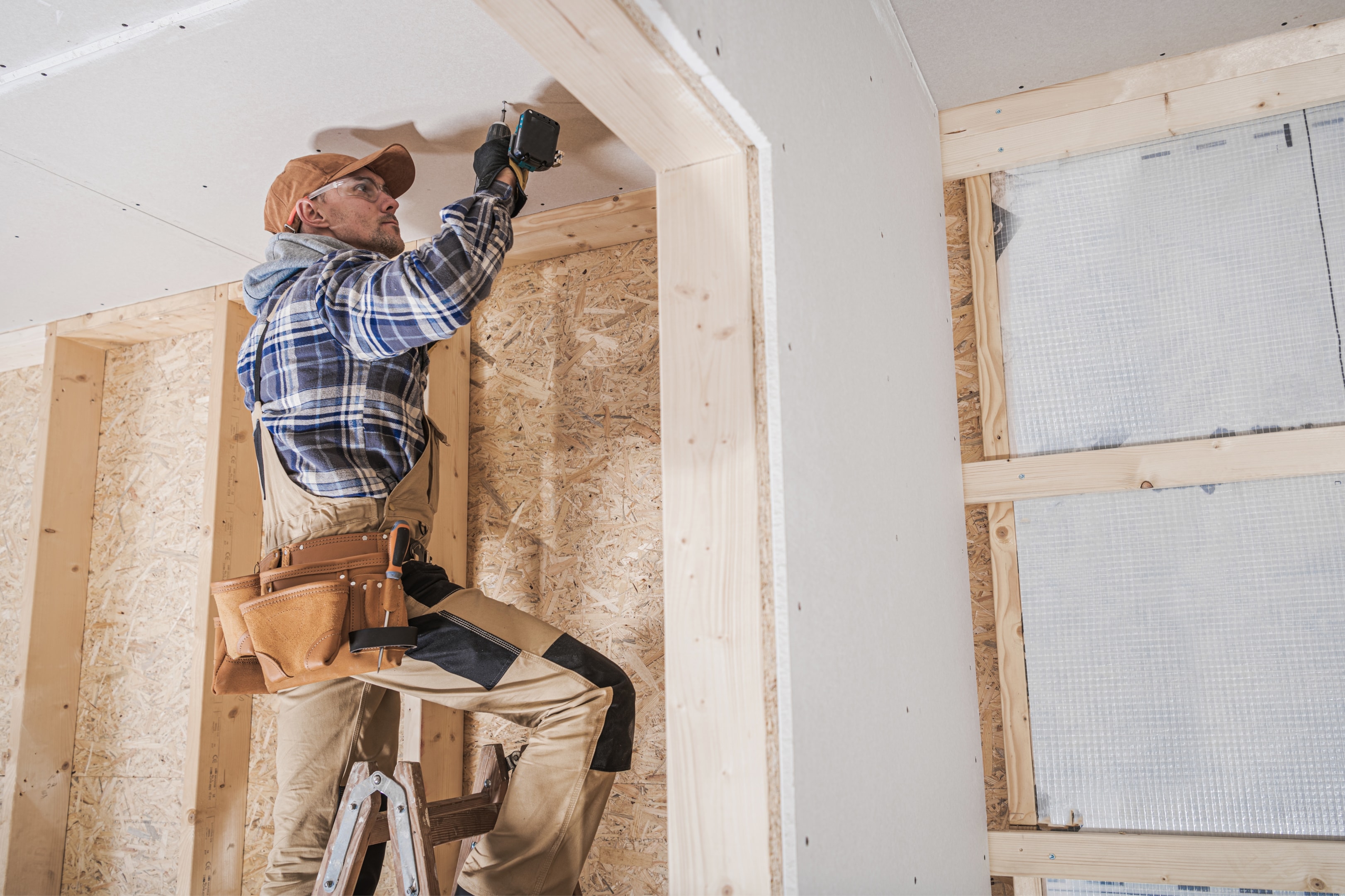1. How long does it take for home service businesses to see results from local SEO?
The timeline for local SEO success depends on several factors, including competition, website optimization, local citations, backlink quality, and Google Business Profile activity. In general, businesses that consistently follow local SEO strategies—such as keyword research, content creation, and reputation management—can start seeing improvements in their Google search rankings within three to six months. However, for highly competitive industries like HVAC, plumbing, and roofing, it may take up to a year to achieve and maintain top rankings in organic search results and Google Maps rankings.
2. What’s the best way to compete with larger home service companies in my area?
Smaller home service businesses can outperform larger competitors by focusing on hyper-local SEO tactics and customer engagement. Here’s how:
-
Optimize for long-tail keywords that target specific services and locations (e.g., “emergency AC repair in [city]”).
-
Build local citations and earn high-quality backlinks from trusted home improvement directories.
-
Use Google Ads strategically for local search advertising while also improving organic search results through content marketing.
-
Encourage customer reviews and maintain a strong reputation on Google Business Profile, Yelp, and Angi to improve local search rankings.
3. Are Google Ads worth it for home service businesses, or should I focus only on SEO?
Both Google Ads and SEO have their place in a successful home services marketing strategy. SEO services provide long-term brand awareness and web traffic, while Google Ads deliver instant visibility for targeted search engine queries. If your business needs immediate leads, investing in Google Ads alongside local SEO software can be beneficial. However, organic search results tend to drive higher conversion rates over time, making SEO a better long-term investment.
4. How can I track my local SEO performance?
To measure SEO success, use local SEO tools such as:
-
Google Analytics – Tracks web traffic, bounce rates, and user behavior.
-
Google Search Console – Monitors keyword rankings and website optimization.
-
Google Business Profile Insights – Shows how customers find and interact with your business profile.
-
SEMrush & Ahrefs – Provides competitor analysis, backlink tracking, and keyword research. Tracking these metrics helps determine what’s working and where SEO improvements are needed to boost conversion rates and revenue.
5. What’s the biggest mistake home service businesses make with local SEO?
One of the most common mistakes is ignoring website usability and mobile optimization. Since most customers search for home services on a smartphone, a slow, difficult-to-navigate website can lead to a high bounce rate and lost potential leads. Other mistakes include:
-
Inconsistent NAP (Name, Address, Phone) information across local listings.
-
Not optimizing for voice search, which is essential for “near me” searches.
-
Failing to update Google Business Profile regularly with new posts, images, and customer reviews.
-
Using black hat SEO tactics, such as keyword stuffing and spammy backlinks, which can harm Google rankings.
6. Does social media help with local SEO for home service businesses?
Yes! While social media itself isn’t a direct search engine ranking factor, it can significantly impact local SEO in these ways:
-
Drives website traffic, which signals to Google’s search algorithm that your business is relevant.
-
Increases brand awareness and enhances online reputation through customer engagement.
-
Encourages more customer feedback and online reviews, improving local search rankings.
-
Boosts backlinks and citations when local community pages and influencers share your content.
7. Should I create separate pages for each service area I serve?
Yes! If your home service business operates in multiple cities or neighborhoods, it’s a good idea to create location-specific landing pages optimized with local keywords. For example:
-
“Plumbing Services in [City Name]”
-
“Roof Repair Experts in [Neighborhood]” These pages should include unique content, local customer reviews, and schema markup to help Google’s algorithm understand your service areas better. However, avoid duplicate content, as it can hurt your Google rankings.
8. What role does web design play in local SEO?
A well-optimized website design improves user experience, accessibility, and conversion rates—all of which influence local search rankings. To enhance site SEO, consider:
-
Mobile-friendly design to accommodate smartphone users.
-
Fast-loading web pages to prevent high bounce rates.
-
Clear navigation menus with proper HTML tags and anchor text.
-
Custom website design that includes a strong call-to-action (CTA) on every landing page.
9. How do I get more customer reviews to improve my local SEO?
Customer reviews play a huge role in Google Business Profile ranking and overall local search ranking. To get more reviews:
-
Send follow-up emails or SMS messages requesting feedback after a job is completed.
-
Provide an incentive (such as a small discount on future services) for leaving a review.
-
Make it easy by sharing a direct link to your Google Business Profile review page.
-
Respond to every review, whether positive or negative, to demonstrate excellent customer service.
10. What’s the difference between organic SEO and GMB ranking services?
-
Organic SEO focuses on improving your website’s ranking in Google’s organic search results through content marketing, keyword optimization, and backlink building.
-
GMB ranking services specifically optimize your Google Business Profile to improve its Google Maps ranking check and local visibility in Google’s local pack. For the best results, home service businesses should invest in both SEO strategies to maximize visibility, lead generation, and revenue.







